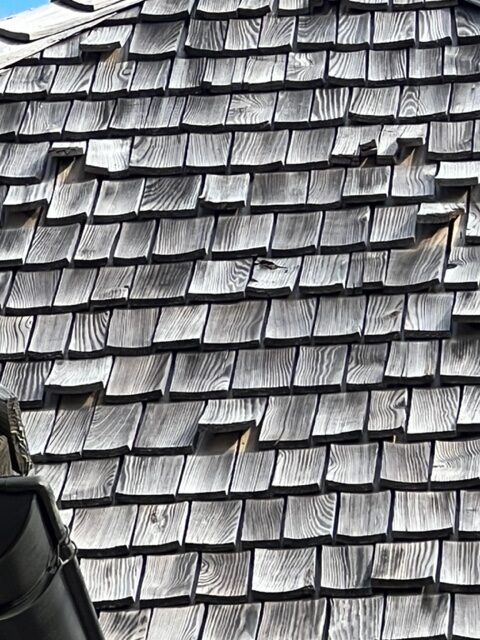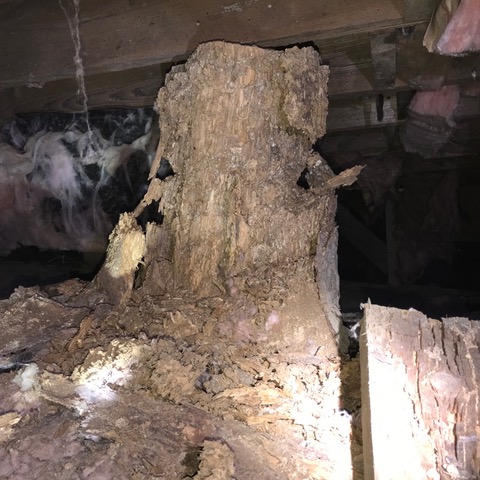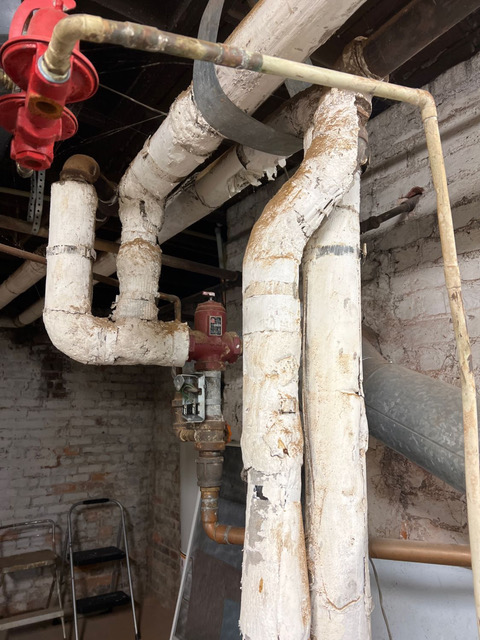
Home inspection is a must for home buyers before signing closing papers. Reliable inspection results can mean the difference between finding the home of your dreams or walking away from a money-pit nightmare. Some folks think they can skip inspection to hurry things along. A word to the wise: DON’T! A home inspection can uncover a home’s real value. It may reveal costly, needed repairs that detract from a that value or even call off the deal. Also, an inspection report can give you leverage to negotiate for a lower price on a home that’s facing serious repairs.
What should you be looking for in a home inspection report? Inspections may uncover small defects or dangerous and costly problems. Some call them red flags or deal-breakers. Let’s take a look at some of the more serious issues an inspection may reveal, beginning with a home’s exterior.
Start at the bottom
Let’s start with the foundation. This is the supporting structure for the entire house. Trouble with the foundation isn’t easy to fix, and it’s usually expensive to repair.
Uneven areas, sunken areas, or major cracks in the wall are telltale signs that the foundation is shifting.
Other signs are misaligned or sticking windows or doors, gaps between walls and windows or doors, sagging or slanted floors, or the musty smell of mold in the basement or floor space.
Click here for a look at foundation problems and potential repair costs.

Up on the roof
Roof problems can be serious dealbreakers. Depending on the size of the home and the type of roof, replacement can cost between $6,500 and $11,000 on small to average sized homes, or even as high as $80,000 on a supersized mansion. An inspector will assess the condition of the roof. Does it look well-maintained? Are there damaged or missing shingles or flattened spots where water pools?
Some homeowners may attempt to save money by doing roof replacement themselves. We don’t recommend that unless you have the know-how and are experienced working with power tools on a ladder or on a slope. You might save between $2 and $7 a foot on professional labor, but if you do it wrong, you could end up with serious damage to the roof, the attic, the eaves, and framing, even resulting in mold, water damage, and structural problems.
Check out this article on roof replacement costs.
Those darn pests!

Wood-destroying insects can wreak havoc on a home. For example, if poorly-installed support beams are in direct contact with the ground, termites may be gnawing away at posts that support floors or decks.
Not counting the cost of termite extermination, repairing termite damage can be an expensive affair. Costs range from $600 to $3,000, with a national average of $1,800.
Doors and windows
Doors and windows should open and close smoothly, but more importantly, they should seal tightly and keep the elements out to avoid costly energy bills, keep pests outside, and protect the home from water damage. Defective or worn-out doors and windows are replaceable, but the work can be costly. Much of the time the whole door frame needs to be removed and refitted, leading to stucco or siding repair and painting. Also, if a door is rotting out, that may be a sign of water damage, which can be another costly repair.
In the gutter
Damaged or non-functioning gutters can lead to serious water damage on your roof, eaves, walls, and even a home’s foundation. Gutters should be properly connected to the roof with no evidence of leaks, and water should flow AWAY from the home’s foundation.
Again, depending upon the size of your roof, you can expect to pay from $600 to $8,000, with an average of $2,000 for popular materials. If you need to replace old gutters, add in about $200 to tear down and dispose of the old ones.
Click here to learn more about gutters and costs.
Next we’ll look at some potential red flags inside the house.
Electrical issues
These can be serious inspection red flags. Many homes built between 1965 and 1972 were wired with aluminum instead of copper. Aluminum wiring can be a fire hazard. The U.S. Consumer Product Safety Commission (CPSC) reports that homes with aluminum wiring are 55 times more likely to have “fire hazard conditions” than homes wired with copper.
Replacing a home’s wiring can be a costly endeavor. Depending on the size of your home, the total tab can run as high as $30,000 or more. However, failing to address rewiring can be even costlier in the long run, especially in the event of a fire.
Insulation and asbestos

You might think asbestos problems are so yesterday, but you’d be surprised how common it is in homes built prior to 1980. It may even be found in some popcorn ceilings (remember those?).
Removal requires expensive, professional assistance. Asbestos is a dangerous carcinogen to your lungs, so never attempt to remove it yourself.
Many older houses have poor or practically non-existent insulation. Without costly remediation, the owners of these homes can look forward to many years of high heating and cooling bills.
The pipes, the pipes are calling
Some plumbing issues have easy fixes, like replacing the flapper on a toilet or fixing a leaky faucet. What about replacing pipes that are uninsulated and burst in freezing temperatures? That will set you back some! Don’t overlook lead pipes, banned in the US in 1986, but are found fairly often in homes built prior to that.
Replacing a home’s pipes will thin your wallet! To replace the plumbing in an existing structure, expect to pay between $50 and $200 per hour for labor plus the cost of materials. A typical 2,000-square-foot home averages between $3,000 and $16,000.
Find out more about pipe replacement costs.
Before you buy a home, we advise getting a video septic or sewer inspection, and be sure to scope the pipes that lead from the house to spot problems like tree roots breaking through pipes or clogged spots where water can’t drain properly.
Appliances
Outdated ovens, dishwashers, or refrigerators are not serious issues, especially in hot sellers’ markets. But watch out for trouble with furnaces, boilers, HVAC systems and water heaters. They can be very costly to replace. And if these are poorly-maintained gas appliances, they can emit lethal doses of carbon monoxide.
Mold
Mold and water leaks are common companions. Neither condition is desirable Some molds are relatively harmless and can be fixed fairly simply. However, keep in mind that if you don’t fix the water problem, mold will return soon enough. Other types of mold are known to cause serious respiratory issues, particularly for folks with asthma or allergies.
Mold must be addressed before you move into a home, and if the problem is widespread in areas of the house, then it may be time for some negotiating the contract.
Some say there are few problems revealed by inspection that are insurmountable, but some of the ones we discussed above might be dealbreakers or, at the very least, catalysts for some serious price negotiations.
Buying or selling a home?
Avoid unpleasant surprises! Contact Asheville Home Inspector Peter Young before signing any contracts. Call (828) 808-4980, or click here to make an appointment.